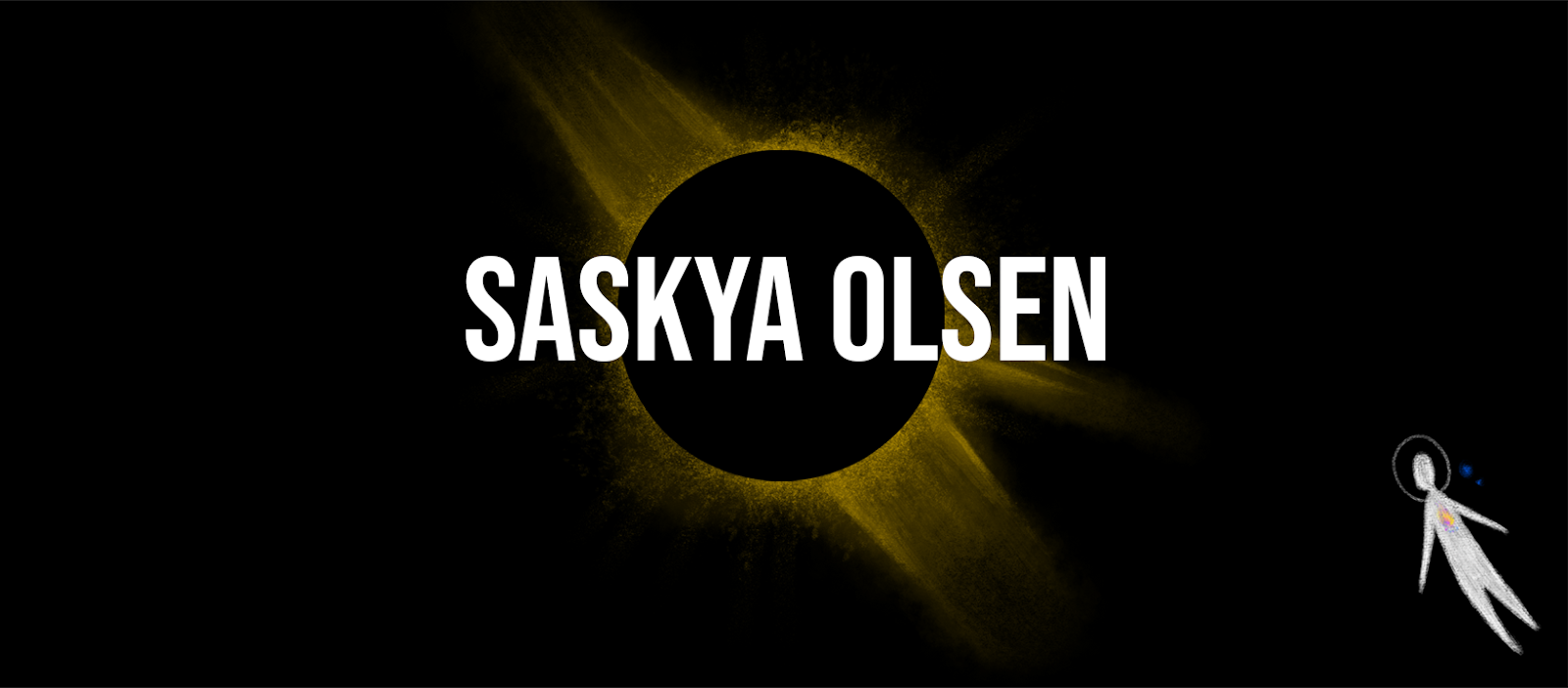I wanted to use a very simple texture map on the magpie models I constructed in Minor. Rather than focusing on textures and detail, I therefore focused on shape and form. I did this using Photoshop's fill tool, using magpie photos as reference to influence the placement of black and white shapes throughout my UV's. Sticking with solid color shapes created texture maps void of dimension and texture, which is what I wanted; this magpie character is supposed to feel ethereal like a spirit. And, despite the handful of seam errors throughout my finalized maps, I think I achieved this.
 |
| Above, a profile render of my wingless magpie. I created two models, winged and wingless, just in case I run into trouble rigging the wings to fold against the body. |
 |
| Above, a top view render of my winged model. The black seam, where the wing meets the body, is quite visible here, but these magpie models will only be seen from distance, so these errors don't matter. What's more important is recognizing that this is a magpie from far away. |
 |
| Above, a front view render of my wingless magpie model. Again, a seam is visible where the chest meets the head, the sharp corner. But I'm confident this will be hidden in my final Major animation. |
 |
| Above, a front view render of my winged magpie model. The lack of depth is shown clearly here, as the beak completely blends with the wings. I like this effect, giving the illusion of a viscous and easily deformed creature, like a spirit. |
 |
| Above, a top view render of my wingless magpie model. I avoided the common blue accent feathers typically seen on magpies. In this case, I think less is more. |
 |
| Above, The laid-out UV's for my wingless magpie model. |
 |
| Above, the laid-out UV's for my winged magpie model. For both maps, I focused on tidy and clear UV placement to make color blocking easier and more identifiable. |
 |
| Above, the color map for my winged magpie model. |
 |
| Above, the color map for my wingless magpie model. |










Comments